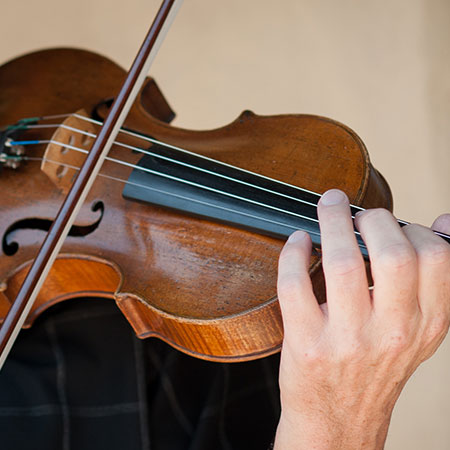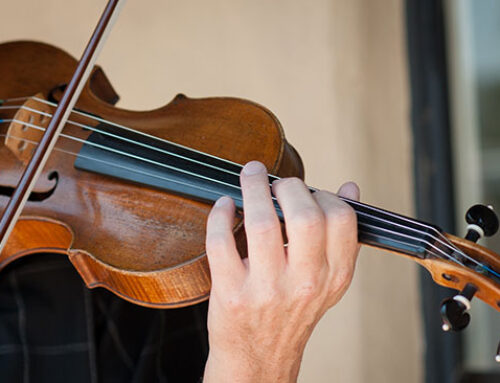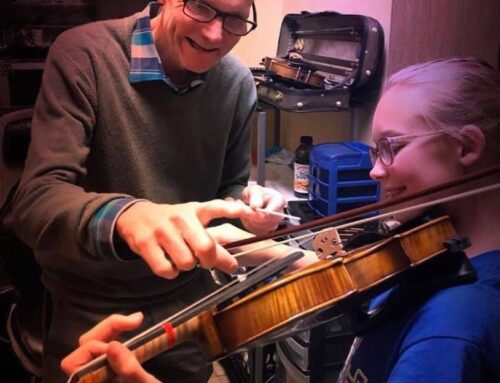The Suzuki Method is one of the most popular approaches for learning and teaching the violin. Developed by Shinichi Suzuki, it focuses on learning music in a natural way, similar to how children learn their native language. But like any teaching style, it has its own set of challenges. If you are asking, “How to teach the Suzuki method?” understanding these hurdles is key to providing effective instruction. This blog will address common problems teachers face and how to overcome them.
- Ensuring Parental Involvement
One of the core principles of the Suzuki Method is the active role of parents in the learning process. Parents are expected to attend lessons, take notes, and help their child practice at home. However, not all parents have the time or musical background to be fully involved.
Solution: Communication is essential. Before starting lessons, have a conversation with parents about their role. Explain how their involvement impacts their child’s progress. Offer simple ways they can help, such as encouraging practice or listening to practice recordings. Regularly updating parents about their child’s progress can also keep them engaged.
- Maintaining Student Motivation Over Time
Learning the violin requires patience and dedication. For young students, staying motivated over months or years can be difficult, especially when progress seems slow. Teachers often wonder, “What is the best method to learn violin?” It involves consistent practice, but that can sometimes feel repetitive for students.
Solution: Make lessons fun and varied. Introduce new pieces, even if they are simple, to keep the student’s interest alive. Use games to teach musical concepts. Setting small, achievable goals can also help students see their progress and stay motivated. Celebrate small victories to keep their spirits high.
- Addressing Different Learning Paces
Every student learns at a different pace. Some may pick up new pieces quickly, while others take more time. The Suzuki Method encourages a positive, nurturing environment, but it can be challenging to maintain when a student struggles.
Solution: Patience is key. Adjust your teaching to meet the student’s pace. If a student struggles with a piece, go back to simpler pieces and build up their confidence. Break down challenging pieces into smaller parts, focusing on one section at a time. Remind them that everyone learns differently, and steady progress is better than rushing through.
- Correcting Bad Habits Early
Another issue many Suzuki teachers face is correcting poor posture, hand positioning, or bowing techniques that students pick up along the way. If not corrected early, these habits can hinder a student’s ability to play more complex pieces.
Solution: Pay attention to detail from the start. Regularly observe the student’s hand position, posture, and bow grip. Make gentle corrections during lessons, and teach parents what to look out for during practice sessions at home. Creating a list of key points, such as “straight bowing” or “relaxed hands,” can serve as a checklist during practice.
- Managing Group Lessons vs. Private Lessons
The Suzuki Method often uses group lessons to encourage students to learn from each other. However, some students may struggle to keep up in a group setting, while others may feel bored because they are ahead. This raises the question, “Are private violin lessons worth it?”
Solution: Use a mix of group and private lessons. Group lessons can be fun and social, but one-on-one sessions are essential for addressing individual issues. In group settings, focus on ensemble skills, like playing in unison or following a conductor. During private lessons, work on the student’s specific challenges. This approach balances the benefits of both group and private lessons.
- Overcoming Performance Anxiety
Performing in front of others is an essential part of learning the violin through the Suzuki Method. It helps build confidence and encourages students to perfect their pieces. However, many students experience stage fright, which can affect their performance.
Solution: Start small. Encourage students to play for their family members before larger audiences. Host mini-recitals during lessons where they play for one or two other students. Gradually build up to bigger audiences. Help them practice breathing techniques to calm nerves. Remind them that making mistakes is a natural part of learning and that every performance is a chance to grow.
Takeaways
Teaching the Suzuki Method has its unique set of challenges, from engaging parents to maintaining a student’s motivation. But understanding and addressing these issues can lead to more effective lessons and happier students. If you are still wondering “What is the best method to learn violin?” the Suzuki Method can be a wonderful choice, especially when these common hurdles are managed well.
For those who prefer a more personalized approach, Paul Ciolek offers private lessons that can cater to a student’s specific needs. With tailored guidance, students can develop strong foundations and confidence, making the process of learning violin smoother and more enjoyable.






Leave A Comment